For safety professionals, work involving industrial trucks and similar vehicles presents issues of serious liability, and concerns that must be mitigated through workforce training and testing for competency.
Powered Industrial Trucks
Original price was: $11.99.$9.99Current price is: $9.99.
Description
For safety professionals, work involving industrial trucks and similar vehicles presents issues of serious liability, and concerns that must be mitigated through workforce training and testing for competency. Vehicles are dangerous, and transportation accidents on the job take the lives of American workers every day. Powered industrial trucks are associated with special risks because of the unique utility of these vehicles. Frequently, they are used for tasks in work environments that are already considered high-risk, so they add to the list of cautions on worksites for many different professions.
The American Society of Mechanical Engineers’ definition refers to a powered industrial truck (PIT) as a mobile, power-propelled truck used to carry, push, pull, lift, or stack materials, and includes vehicles commonly known as forklifts, pallet trucks, rider trucks, fork-trucks, or lift-trucks. Excluded from this definition are vehicles used for earth moving and over-the-road hauling.
Many conditions and situations in the workplace present potential hazards when and where PITs are operated. Here are some basic instructions for keeping safe when working with and around powered industrial trucks (PITs)…
Obstructions
Workers must watch for obstructions in all directions. Collisions with overhead obstructions can result in damage to building systems and load, or tip overs. Driving over an obstruction can result in a ‘tip over’ and should be avoided. For example, speed bumps and railroad tracks that cannot be avoided should be crossed slowly and at a 45 degree angle to allow one front wheel at a time to roll over the obstruction.
Pedestrian Traffic
Employees should be trained to be alert for pedestrians and workers, always giving pedestrians the right of way. Workers should drive slowly and sound the horn whenever traveling where vision is obstructed, such as when approaching blind corners. Workers should not allow coworkers to stand or pass beneath an elevated load. Making eye contact with pedestrians when possible, signaling intentions clearly is important for avoiding dangerous scenarios.
These guidelines will help workers prevent accidents:
- Yield to pedestrians
- Drive slowly and sound horn where vision is obstructed
- Use a spotter for blind spots
- Maintain a clear view in the direction of travel
- Do not allow anyone to pass beneath an elevated load
- Make eye contact and signal intentions
Plant/Site safety managers should provide measures to minimize accidents, including:
- Pedestrian walkways with permanent railings or other protective barriers
- Pedestrian walkway striping on the floor if barriers cannot be used
- Adequate walking space on at least one side, if pedestrians must use equipment aisles
- Convex mirrors at blind aisle intersections
- Traffic control signs
Ramps and Grades
Travel “forks upgrade” when loaded to prevent tip over and the danger of the load falling off. Travel “forks downgrade”, when empty, to prevent tip over. Never turn or drive diagonally on a ramp. Pallet trucks must be walked “forks downgrade” regardless of whether loaded or empty or the direction of travel.
Loading Docks
When operating on a loading dock, observe posted speed limits, watch for others and be aware of the dock’s edge, which should be painted for improved visibility. Wet or slippery conditions require additional caution. Always make sure that dock plates are properly secured, in good condition, and meet the required load capacity.
Enclosed/Hazardous Areas
Be aware of exhaust and carbon monoxide build up when operating an internal combustion powered PIT in an enclosed area such as a trailer. Only designated PITs can be used in certain hazardous locations. It is specified that these designations and employers are responsible for ensure the standard is held too.
Slippery Conditions
Spills such as oil, grease, or water can cause the PIT to skid. Ice, snow, mud, and gravel create an uneven surface and can cause a tip over. Avoid crossing slippery or uneven areas, but drive slowly if unable to avoid; report these conditions and warn others.
PIT operators must always be aware of conditions in their workplace. Awareness of pedestrian traffic is especially important as it is a constant, but unpredictable, factor. Because of the dynamics of the workplace, operators, pedestrians and plant safety managers have a shared responsibility to keep pedestrians safe in the workplace.
Why SafetyNow?
Not all training is equal. With SafetyNow, learners and leaders will notice the difference in value:
- Quality: Professionally-researched and designed using the latest mobile and responsive technologies
- Convenience: Works instantly on any device, desktop or mobile
- Time savings: What learners need to know, not extra fluff or legalese
- Reporting: Consistent, instant compliance records available anytime
- Support: Customer and learner support included at no charge
- Learning about powered industrial trucks, in addition to understanding the most common industry types and their purpose in the workplace.
- Observing workplace, vehicle based, and operator influenced conditions that may contribute to PIT-related accidents.
- Understanding the proportional, operational and load handling requirements for PITs and corresponding safe operating practices.
- Recognizing how proper maintenance, refueling and recharging of PITs contribute to the safety of all employees.
- Learning the components of a comprehensive safety training program.
- Any Learning Management System (LMS) Use with any SCORM, AICC, xAPI, TinCan, HTML5, or other LMS (learning management system).
- Any Device Desktop, laptop, tablet, or mobile phone – it simply works, everywhere.
- Engaging Professionally-developed, including an on-screen host and modern, easy-to-understand text, media, and voiceovers.
- Unlimited Attempts Each module can be taken as many times as required to get a passing grade. Unlike our competitor’s courses, if you get an answer wrong, you are redirected to the exact eLearning segment you struggled with… you don’t need to go through the entire module again, just the one part you need a refresher on.
Only logged in customers who have purchased this product may leave a review.



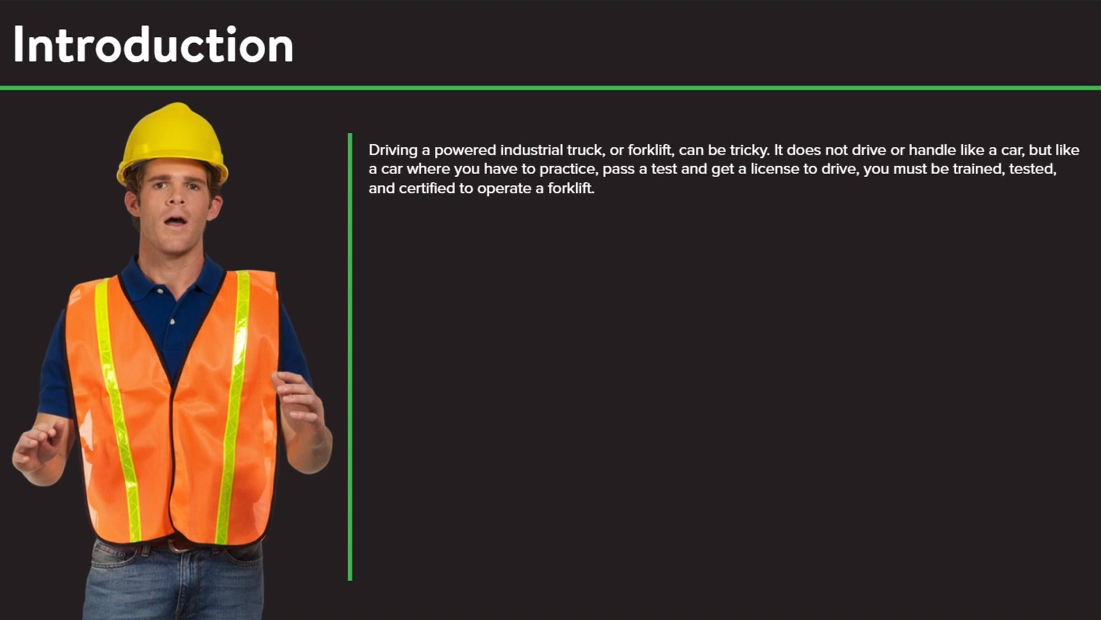
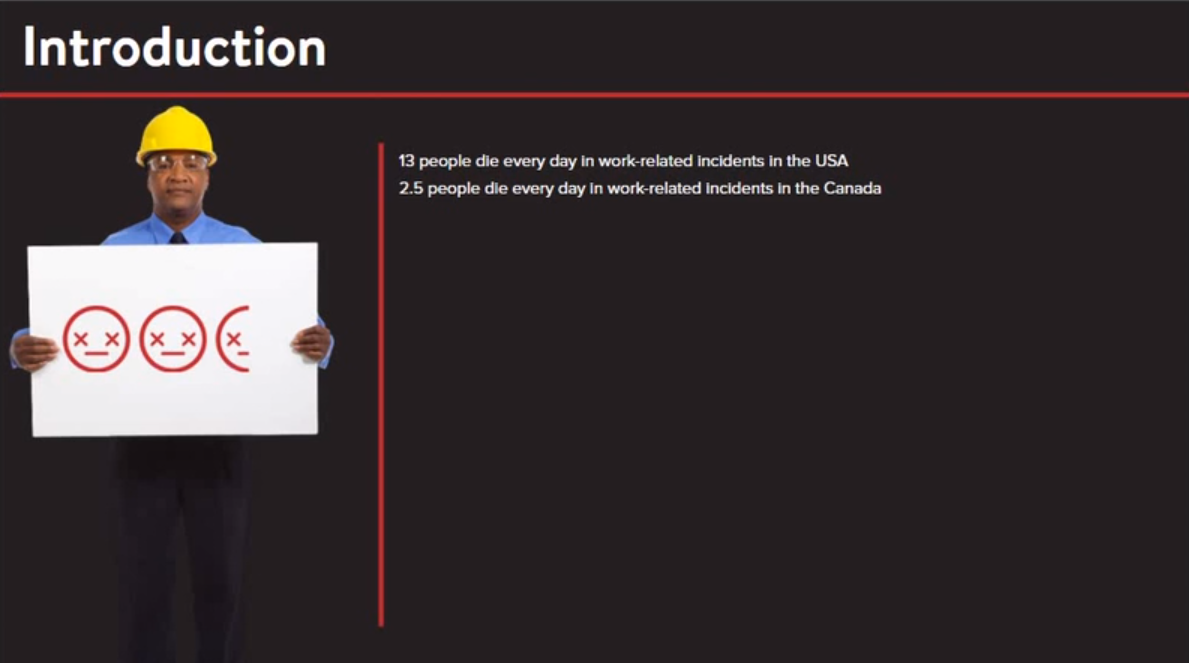
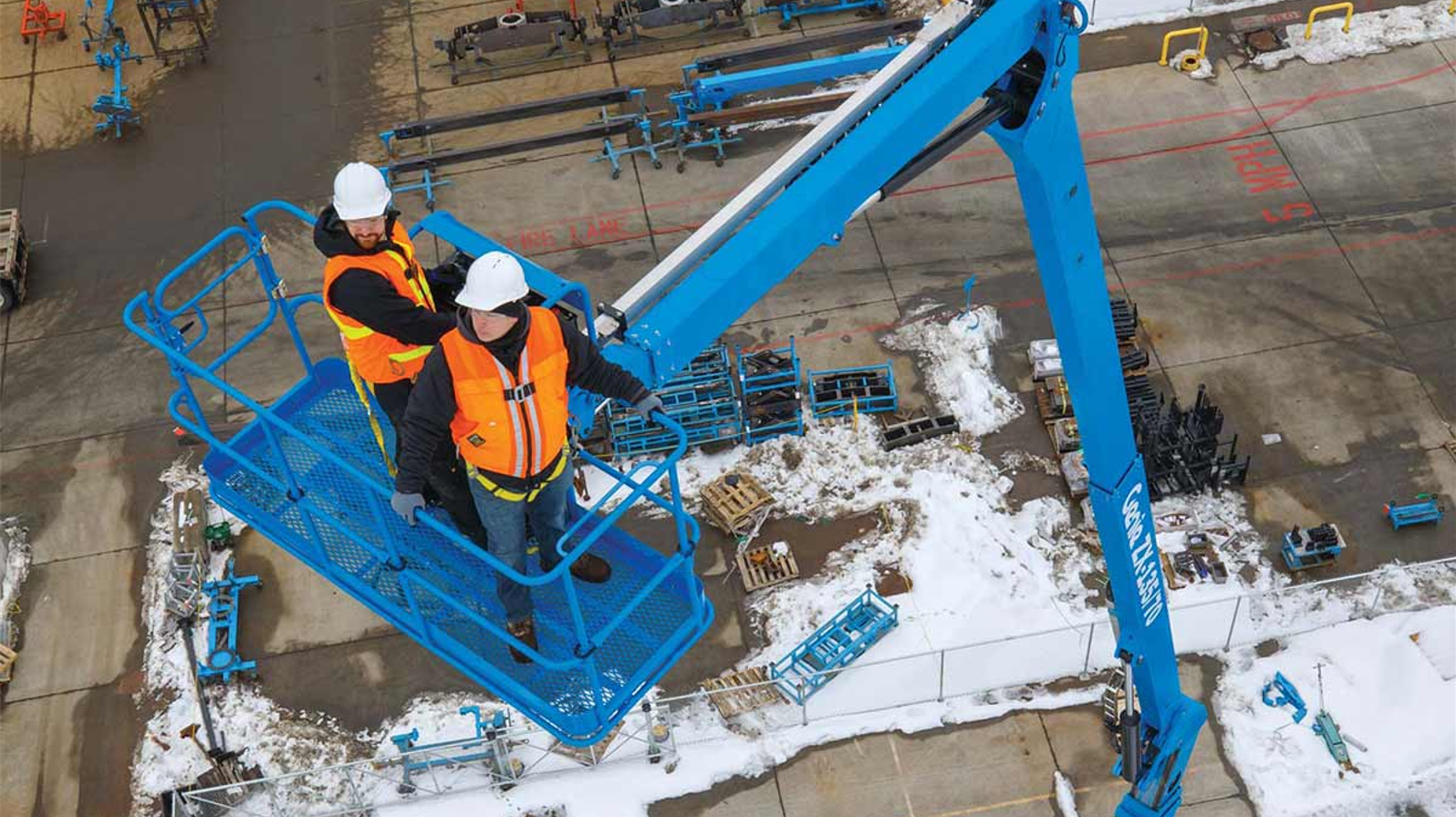
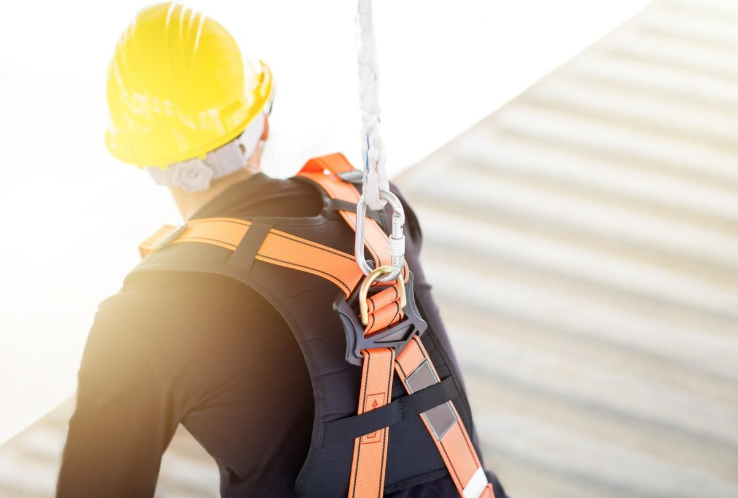

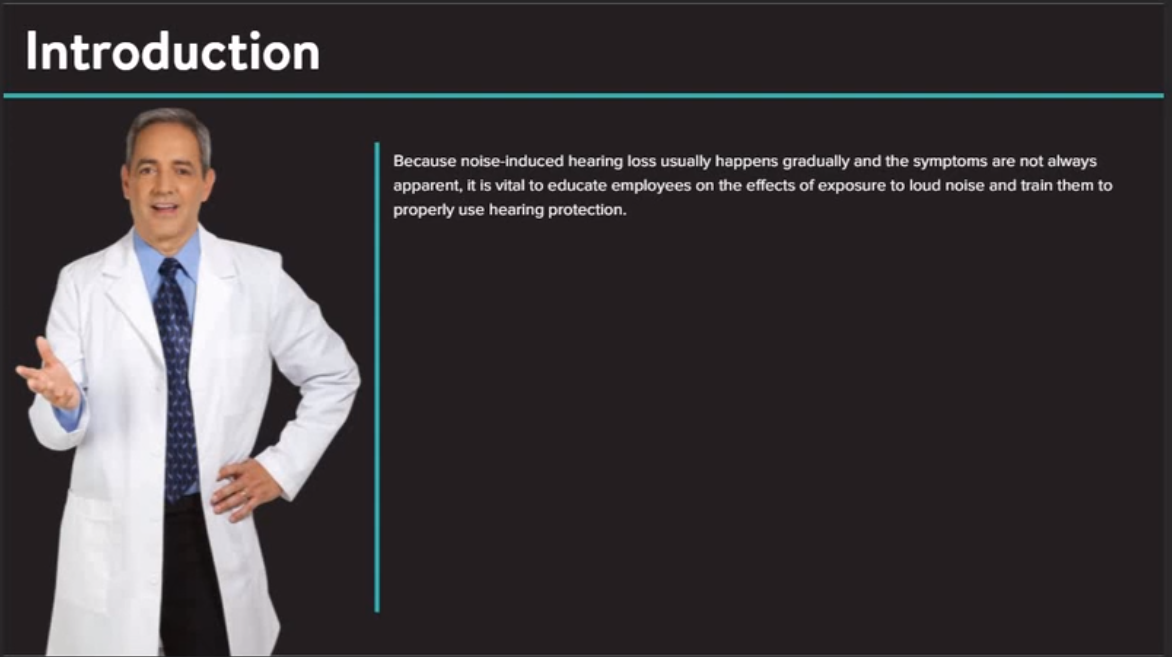

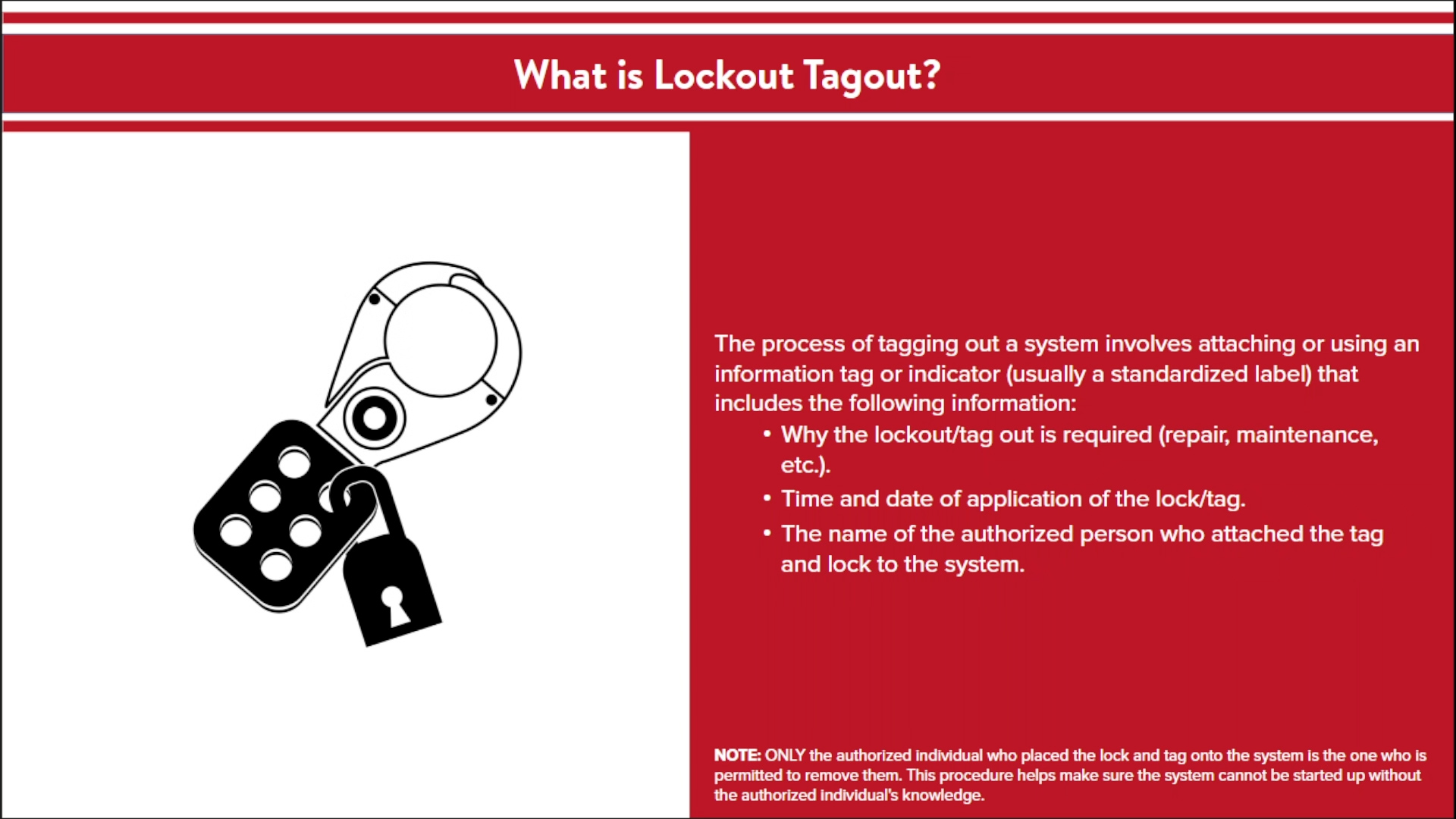


Reviews
There are no reviews yet.